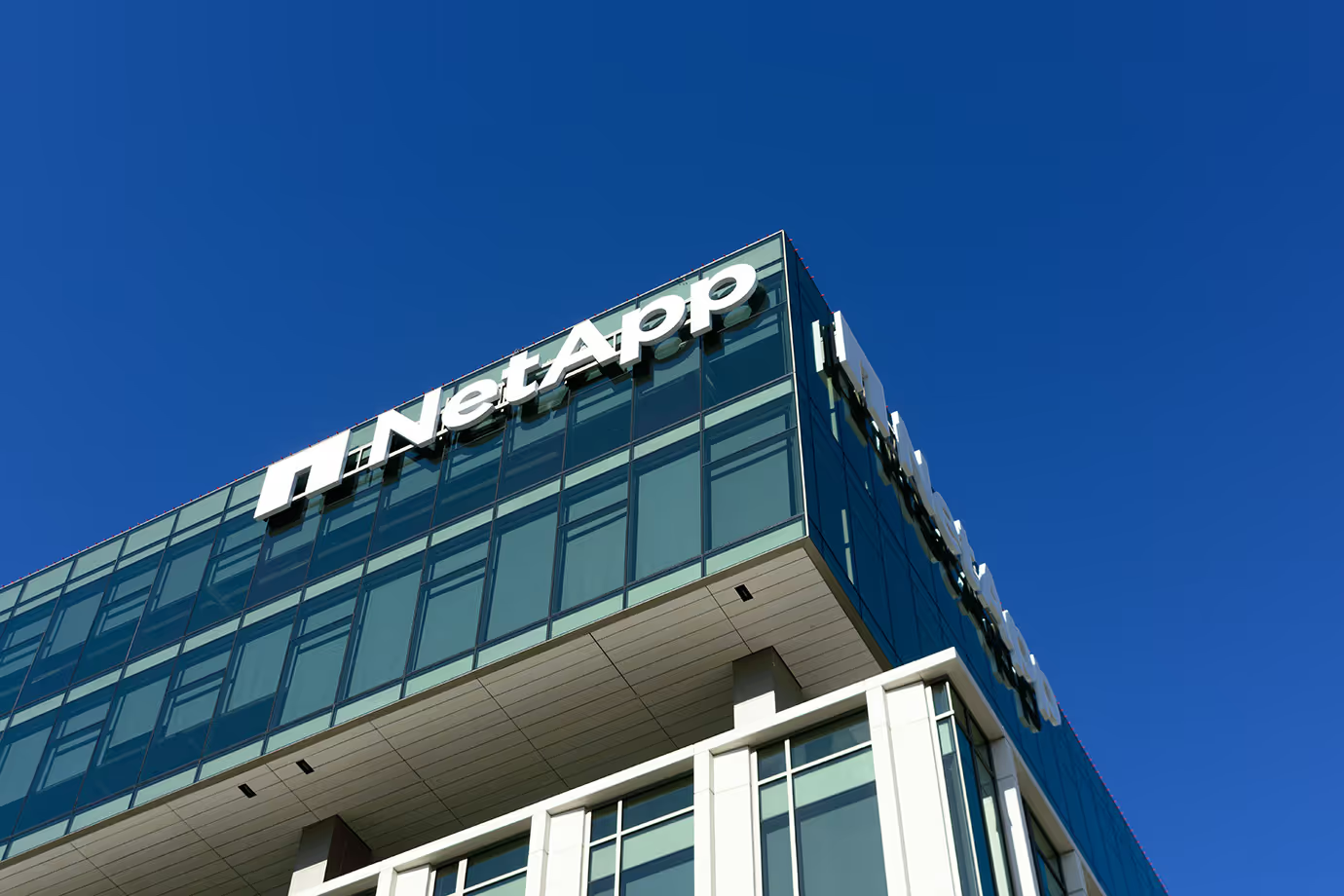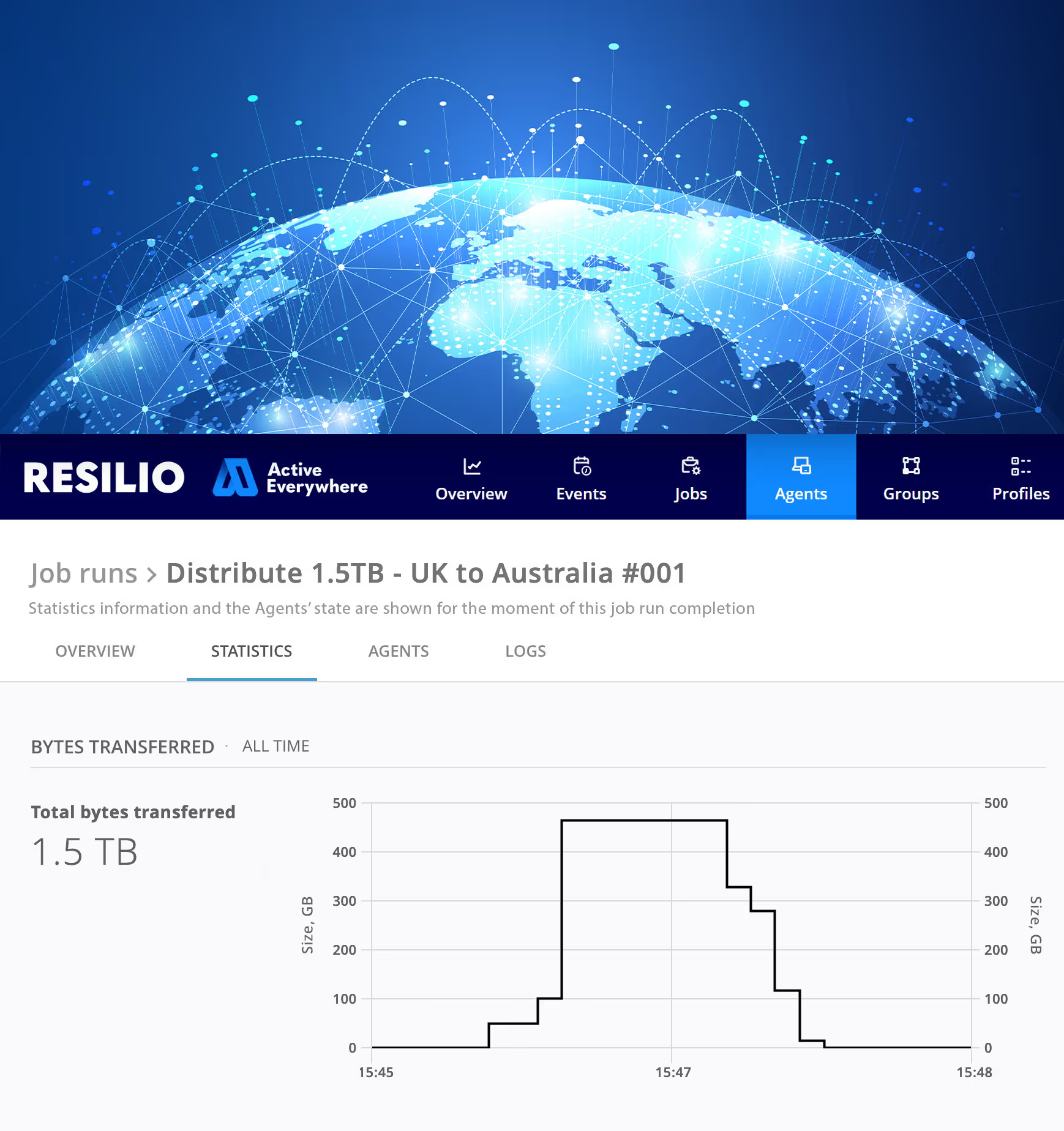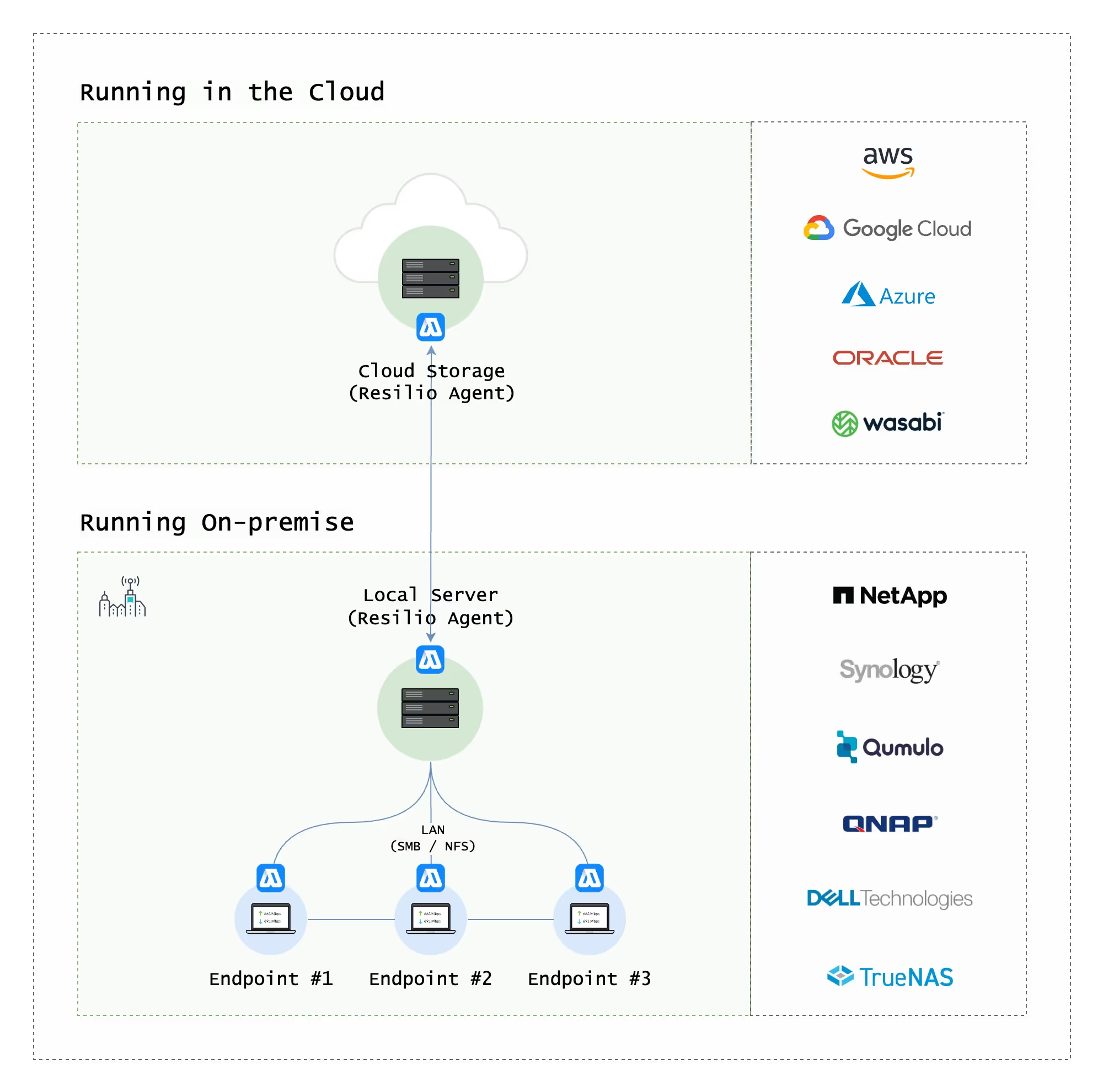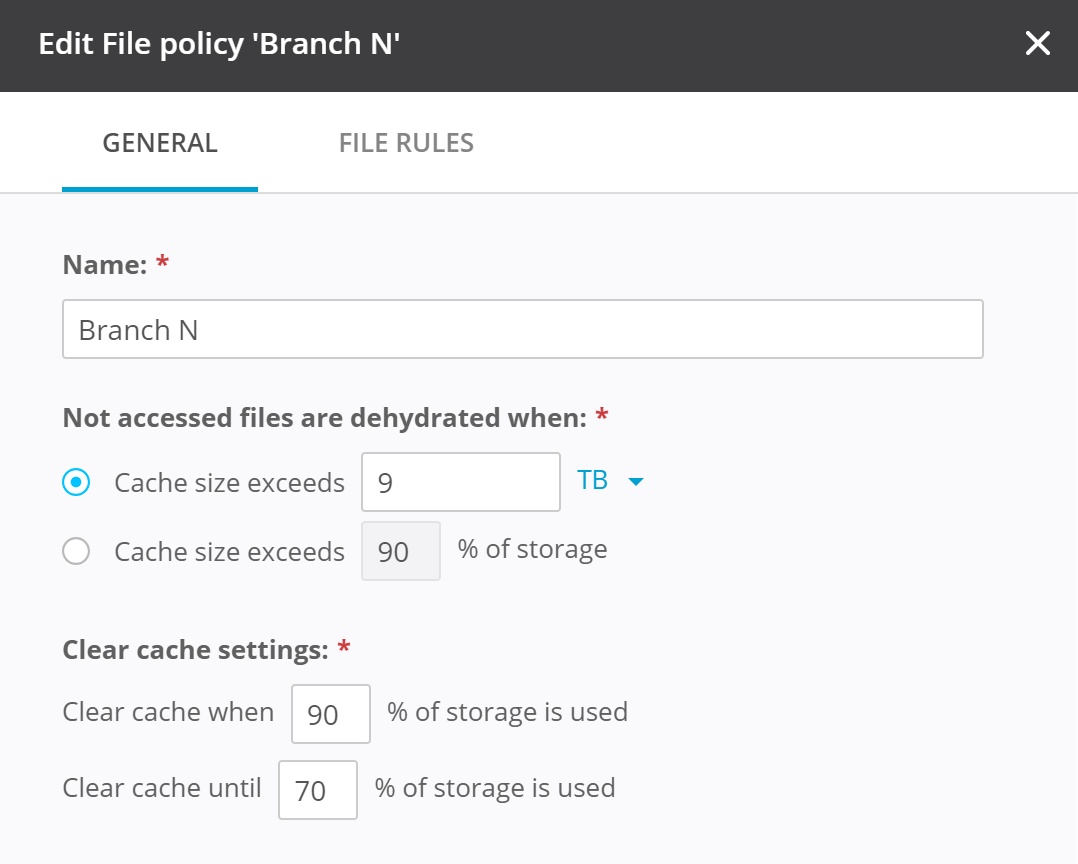NetApp EOSL Guide: Global File Cache Alternatives


Introduction
With the recent announcement of NetApp's Global File Cache (GFC) reaching its end of service life (EOSL) on May 31, 2024, organizations relying on this service actively seek viable alternatives.
Having a plan for an alternative is crucial, because without GFC, businesses may face disruptions in accessing and managing their distributed file systems efficiently. An alternative solution is necessary to ensure continuity in file access and performance, safeguard data integrity, and maintain productivity across global teams. Additionally, transitioning to a new service requires time for testing and implementation, making early planning essential to avoid potential downtime and operational challenges.
NetApp GFC—formerly Talon Fast—has come under scrutiny due to its limitations, such as inability to handle millions of files or large files efficiently, slow performance, and lack of endpoint caching capabilities.
In this article, we will examine why Resilio Active Everywhere is a superior alternative to NetApp GFC, delivering faster performance, greater scalability, and enhanced functionalities without requiring any infrastructural changes.

What is NetApp EOSL?
NetApp EOSL (End of Service Life) refers to the point in time when NetApp, a prominent provider of data management solutions, will no longer offer support services for a particular hardware or software product. This includes technical support and maintenance updates. Once a product reaches its EOSL, organizations using it must either upgrade to a newer version or continue operation without official support, which could pose risks in terms of security and performance.
The difference between EOSL and EOL (End of Life) is subtle, but significant. EOL indicates a product has reached the end of its sales life cycle, meaning it's no longer being sold or manufactured by the company. However, the product may still receive support and maintenance from the provider until it reaches its EOSL. Essentially, EOL marks the cessation of sales, while EOSL marks the end of support and service. Understanding these distinctions is crucial for businesses in planning hardware or software upgrades and ensuring continuous, supported operations.
How to plan for the NetApp EOSL
To effectively plan for NetApp EOSL (End of Service Life) and mitigate risks, a company using NetApp GFC should:
Conduct an Inventory Assessment: Identify all NetApp GFC systems approaching EOSL. This will help prioritize which systems need immediate attention.
Evaluate Current Usage: Understand how each system is used and its criticality to business operations. This will help plan whether to replace, upgrade, or maintain the systems.
Budget for Replacement or Upgrades: Allocate budget for replacing or upgrading systems to newer models. Consider cloud solutions for scalability and flexibility.
Explore Third-Party Support Options: Look for reputable third-party maintenance providers who can offer support for systems beyond the EOSL date.
Develop a Data Migration Plan: If transitioning to new systems, create a detailed plan for data migration, ensuring data integrity and minimal downtime.
Stay Informed: Keep up-to-date with NetApp announcements and EOSL schedules to anticipate future needs and avoid last-minute rushes.
Risk Management: Develop a risk management strategy to address potential downtime or failures, including backup solutions and disaster recovery plans.
User Training: Ensure IT staff are trained on new systems or solutions to maintain business continuity and efficient operations.

Try a GFS Solution Built for Scale
See the difference a distributed global file system approach makes for reliability, speed, and reducing egress costs with massive data movement.

Resilio Active Everywhere is 100% Compatible with NetApp Global File Cache
Resilio Active Everywhere provides a lightweight, software-only solution that eliminates the need for additional hardware, reducing costs and simplifying deployment compared to NetApp GFC.
With full support for SMB protocols, Resilio Active Everywhere ensures seamless integration into existing environments. It offers a smooth transition from NetApp GFC, while maintaining reliable and consistent access to shared files.
Resilio Active Everywhere features robust file locking capabilities, preventing conflicts and ensuring data integrity across distributed teams, making it a superior choice over NetApp GFC for collaborative workflows.
Resilio Active Everywhere offers an easy setup with no need for complex data migration processes. This allows organizations to quickly switch from NetApp GFC and benefit from enhanced performance and reliability.
Resilio Active Everywhere uses open formats, ensuring compatibility and flexibility without vendor lock-in, like NetApp GFC.
The Resilio Approach
Resilio Active Everywhere is a powerful replacement for NetApp GFC, offering a range of features and benefits that cater specifically to the needs of modern enterprises:
1. Resilio Active Everywhere seamlessly integrates with existing storage and network infrastructures
Resilio Active Everywhere seamlessly integrates with existing storage and network infrastructures, eliminating costly upgrades. It leverages current investments, ensuring a cost-effective solution for enterprises looking to enhance their file caching and synchronization capabilities without significant capital expenditure.

2. Comprehensive Compatibility
Resilio supports multiple operating systems, including Windows, Linux, MacOS, and Android. This cross-platform compatibility allows greater flexibility and integration with diverse IT environments. Additionally, Resilio offers seamless endpoint caching, extending its functionality to all user endpoints. This makes replacing NetApp EOSL easy and with minimal effort.
3. Superior Performance
Resilio's peer-to-peer architecture ensures ultra-fast data transfer and synchronization, outperforming traditional client-server models. This setup enables the platform to handle large volumes of files and substantial file sizes efficiently, ensuring seamless operations even in data-intensive environments:
Near real-time change detection and propagation to all offices and endpoints.
WAN optimized network speeds up to 10 Gbps. 10 GB file propagation in under 10 seconds.
File Locking propagation in less than 10 seconds.
Optimized for many small files.
Able to handle 100 million files and more.
4. Scalability and Flexibility
Designed to scale fluidly, Resilio Active Everywhere can support extensive deployments involving hundreds of servers and millions of files across numerous locations. Its architecture allows organizations to add more Resilio Agents to enhance performance and capability as they grow, without compromising efficiency or speed.
5. Enhanced Data Security
Security is paramount in today's digital landscape. Resilio Active Everywhere offers built-in AES-256 encryption for end-to-end data protection, ensuring secure file transfers without relying on third-party security services or VPNs. This robust security framework protects sensitive data, and maintains enterprise compliance and data integrity.
6. High Availability and Reliability
Resilio Active Everywhere's high availability groups ensure continuous data synchronization without interruptions, providing a reliable solution for mission-critical operations. The platform's fault-tolerant design eliminates single points of failure, guaranteeing consistent and predictable performance.
What Makes Resilio Active Everywhere Different
Our architecture is designed to optimize file caching and synchronization across distributed environments. Here’s a brief overview of its key functionalities:
File Caching
Resilio Active Everywhere's File Caching provides fast access to server files from multiple locations over SMB or NFS, leveraging policy-driven cache management for efficient data flow. This feature ensures quick and reliable access to essential files, enhancing productivity and operational efficiency.

Hybrid Work Job
The Hybrid Work Job caters to enterprises with hybrid work models, offering fast access to server files from any location. This capability supports remote and distributed teams, ensuring seamless collaboration and file access regardless of geographical barriers.
Metadata Management
Resilio Active Everywhere includes advanced metadata management, where we decouple metadata from the file content, so file change propagation travels fast. This feature is crucial for maintaining data integrity and performance across distributed environments.
NFS Cache Server
Resilio Active Everywhere supports the organization of Linux servers into fast caches for remote file access over NFS, enhancing the platform’s flexibility and compatibility with diverse IT landscapes.
High Availability Groups
By enabling HA groups, Resilio Active Everywhere ensures continuous data synchronization without interruptions, providing a robust solution for enterprises with high uptime requirements.
It's Easy to Transition to Resilio Active Everywhere
For current NetApp GFC customers, transitioning to Resilio Active Everywhere involves minimal disruption. Here’s why:
No Need for ANY Changes: Resilio Active Everywhere integrates with existing NetApp storage solutions, eliminating significant migrations or infrastructural changes.
Ease of Deployment: Resilio Active Everywhere's software-only solution can be deployed on existing hardware, ensuring a smooth and cost-effective transition.
Comprehensive Support: With 24/7 live support and extensive documentation, Resilio provides the necessary resources to facilitate a seamless adoption process.
Get Active Everywhere
The NetApp EOSL presents organizations with the opportunity to explore superior alternatives that offer enhanced performance, scalability, and compatibility. The capabilities of Resilio Active Everywhere make it an excellent alternative for businesses seeking a replacement for NetApp GFC.

Its flexibility, efficiency, and high-performance synchronization capabilities cater to various use cases, including hybrid cloud, multi-cloud, hybrid work, data migration, data transfer, and disaster recovery.
Take the next step to future-proofing your IT infrastructure—start a free Resilio Active Everywhere trial or schedule a demo with our specialists.
About The Author


Konstantin serves as Chief Technology Officer (CTO) of Resilio Inc. and is the co-inventor of BitTorrent Sync, with over twenty years of software development experience. Konstantin is responsible for overseeing the software engineering and development of Resilio core products and sets the technology direction and strategy.
Featured Resources

Active Everywhere for Hybrid Cloud
One platform for centralized cloud storage with fast local access and built-in data protection.

Global Construction Company
A North American Engineering and Construction Leader Improved VDI User Experience with Resilio Platform and Hybrid Cloud

Global Data Protection Company
Enabling bidirectional sync of all user profiles, user data, and applications across sites for DFS and VMware Horizon Dynamic Environment Manager (DEM).
